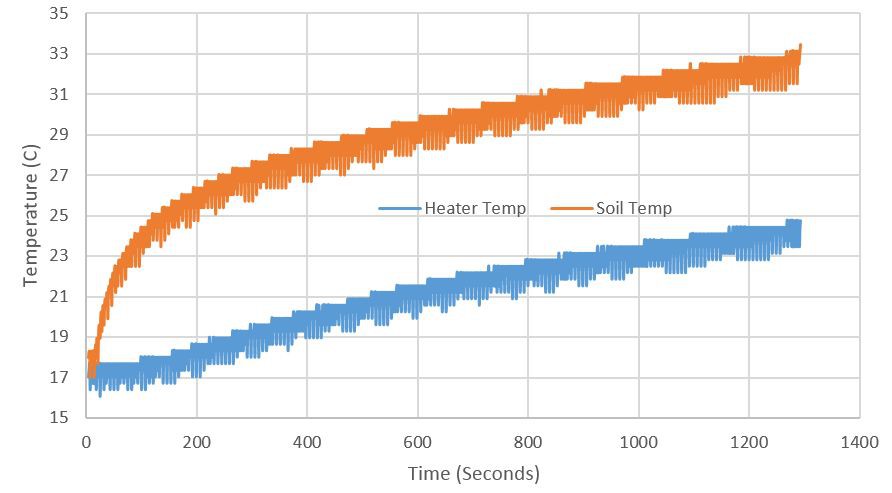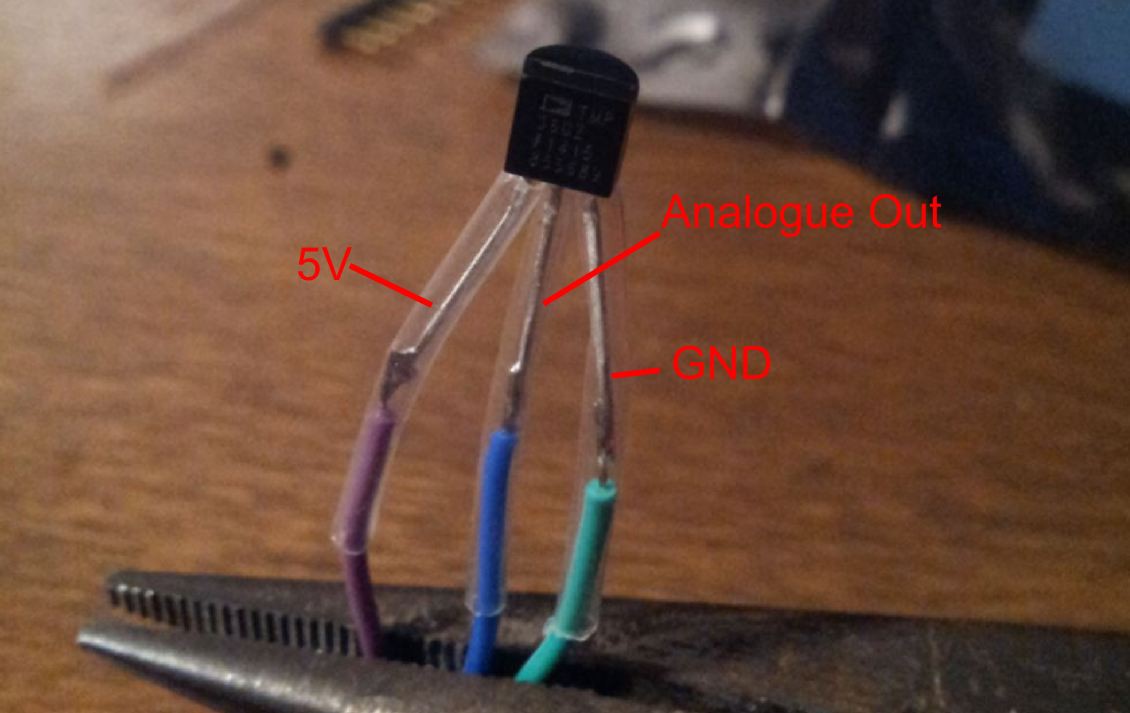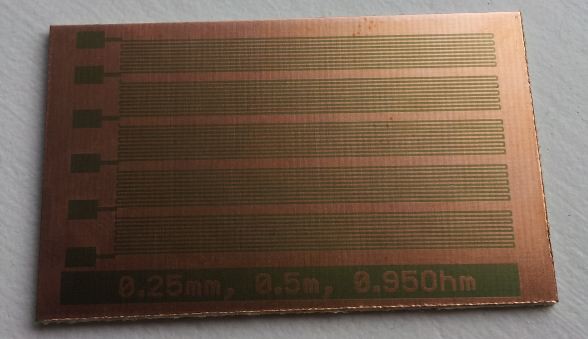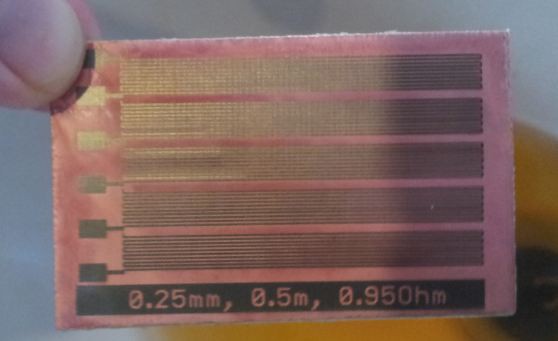System Overview
Leaf Nodes
The leaf nodes will have several capabilities:
- Air, Soil and Humidity Sensing
- Temperature regulation
- Water level monitoring
- Light sensing
- Slaves on a larger network for logging
In addition It would be nice to have the option of a single node and a way to configure it to keep associated costs low.
Read more » Darren Blaxcell, aka Pork
Darren Blaxcell, aka Pork















 The photosensitive board was exposed and developed.
The photosensitive board was exposed and developed.




 Sagar 001
Sagar 001
 Kyle Gabriel
Kyle Gabriel
 Lithium ION
Lithium ION
 gokux
gokux